Pavel Nikitin
Revisiting the Sample Adaptive Offset post-filter of VVC with Neural-Networks
Jul 11, 2022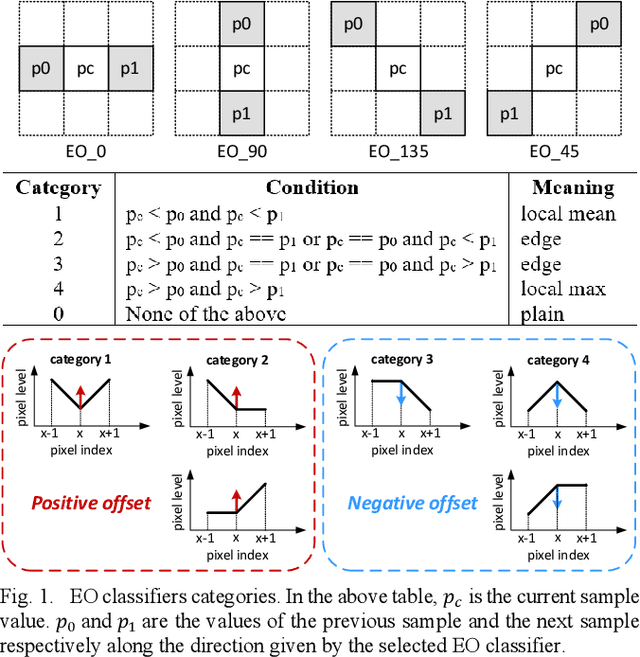
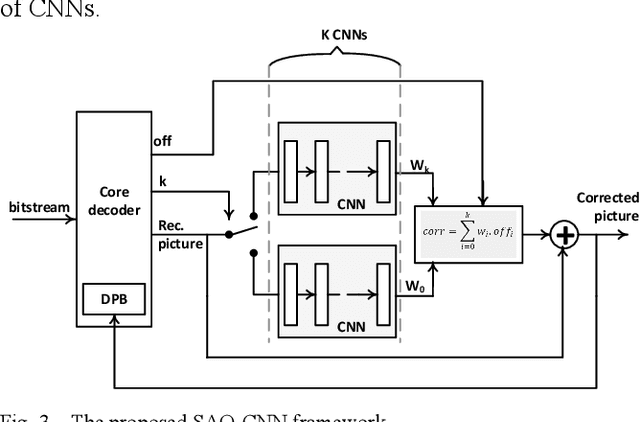

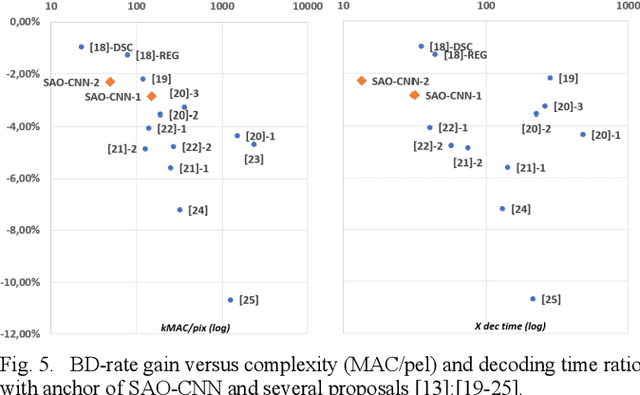
Abstract:The Sample Adaptive Offset (SAO) filter has been introduced in HEVC to reduce general coding and banding artefacts in the reconstructed pictures, in complement to the De-Blocking Filter (DBF) which reduces artifacts at block boundaries specifically. The new video compression standard Versatile Video Coding (VVC) reduces the BD-rate by about 36% at the same reconstruction quality compared to HEVC. It implements an additional new in-loop Adaptive Loop Filter (ALF) on top of the DBF and the SAO filter, the latter remaining unchanged compared to HEVC. However, the relative performance of SAO in VVC has been lowered significantly. In this paper, it is proposed to revisit the SAO filter using Neural Networks (NN). The general principles of the SAO are kept, but the a-priori classification of SAO is replaced with a set of neural networks that determine which reconstructed samples should be corrected and in which proportion. Similarly to the original SAO, some parameters are determined at the encoder side and encoded per CTU. The average BD-rate gain of the proposed SAO improves VVC by at least 2.3% in Random Access while the overall complexity is kept relatively small compared to other NN-based methods.
Neural Network based Inter bi-prediction Blending
Jan 26, 2022
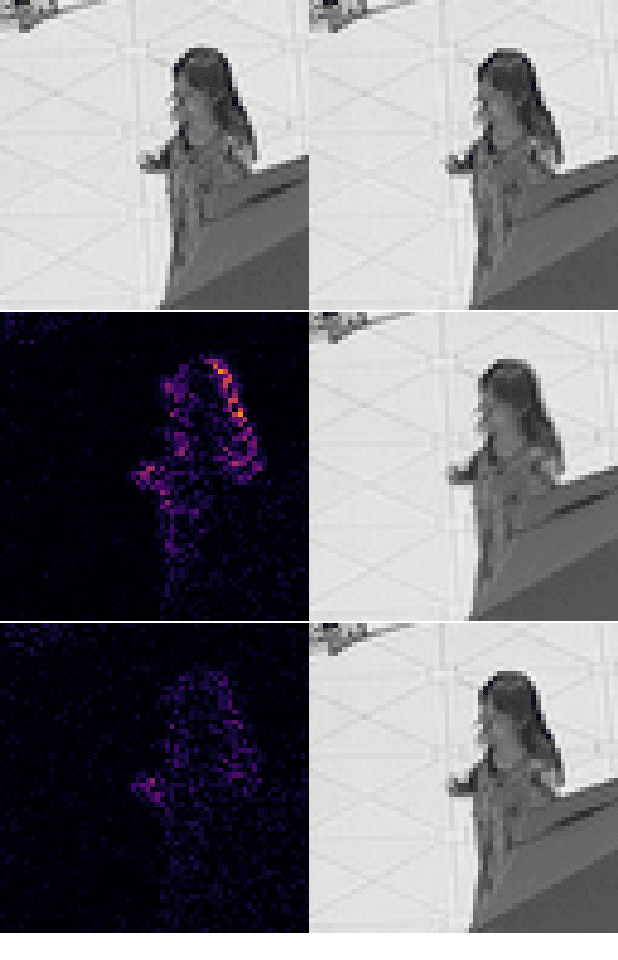
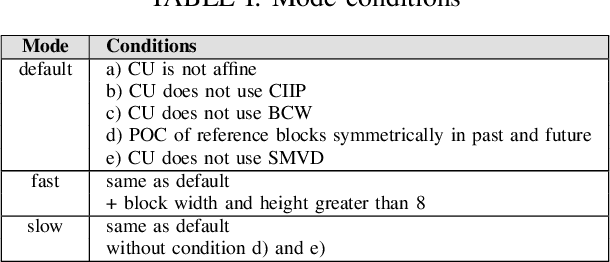

Abstract:This paper presents a learning-based method to improve bi-prediction in video coding. In conventional video coding solutions, the motion compensation of blocks from already decoded reference pictures stands out as the principal tool used to predict the current frame. Especially, the bi-prediction, in which a block is obtained by averaging two different motion-compensated prediction blocks, significantly improves the final temporal prediction accuracy. In this context, we introduce a simple neural network that further improves the blending operation. A complexity balance, both in terms of network size and encoder mode selection, is carried out. Extensive tests on top of the recently standardized VVC codec are performed and show a BD-rate improvement of -1.4% in random access configuration for a network size of fewer than 10k parameters. We also propose a simple CPU-based implementation and direct network quantization to assess the complexity/gains tradeoff in a conventional codec framework.
 Add to Chrome
Add to Chrome Add to Firefox
Add to Firefox Add to Edge
Add to Edge